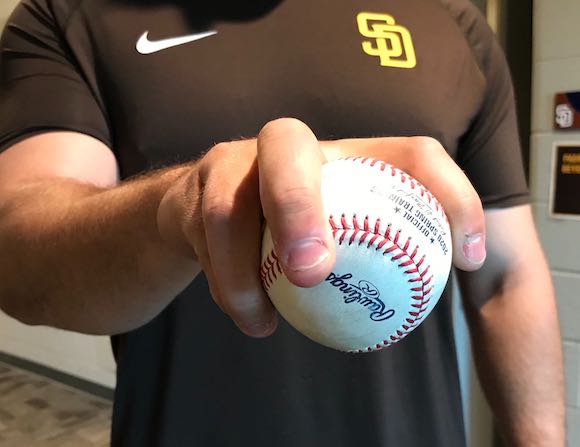The Day Vin Scully Met Public Enemy Number One
During the pandemic-induced outage, I haven’t had the chance to avail myself of many of the multitude of rebroadcasted classics, but on Monday night, when my wife and I were trying to figure out what to fit into the Better Call Saul-shaped hole in our TV viewing schedule, she discovered that we had TiVo’d the MLB Network re-airing of Clayton Kershaw’s major league debut on May 25, 2008. The Dodgers were at home that day, facing the Cardinals, and so on the microphone was none other than Vin Scully. I answered the question of whether we should watch it by breaking out the birthday package of imported jamón iberico. This one called for the top-shelf stuff.
Less than three minutes into the broadcast, while Kershaw was still facing leadoff hitter Skip Schumaker, Scully cut to a clip from a March 9 spring training game, likely the first time the legendary Dodger announcer saw the team’s 2006 first-round pick in action. “The pitch that we will forever remember,” began the 81-year-old announcer, witness of literally millions of pitches over the course of the first 58 years of his stint with Dodgers — including thousands from Hall of Famers like Sandy Koufax, Don Drysdale, Bob Gibson, and Juan Marichal — but at this point probably fewer than 100 from the 20-year-old southpaw, “was made by Clayton Kershaw against the Boston Red Sox. He retired the side in Vero Beach, but he threw a curveball that buckled the knees of Sean Casey….” Read the rest of this entry »

